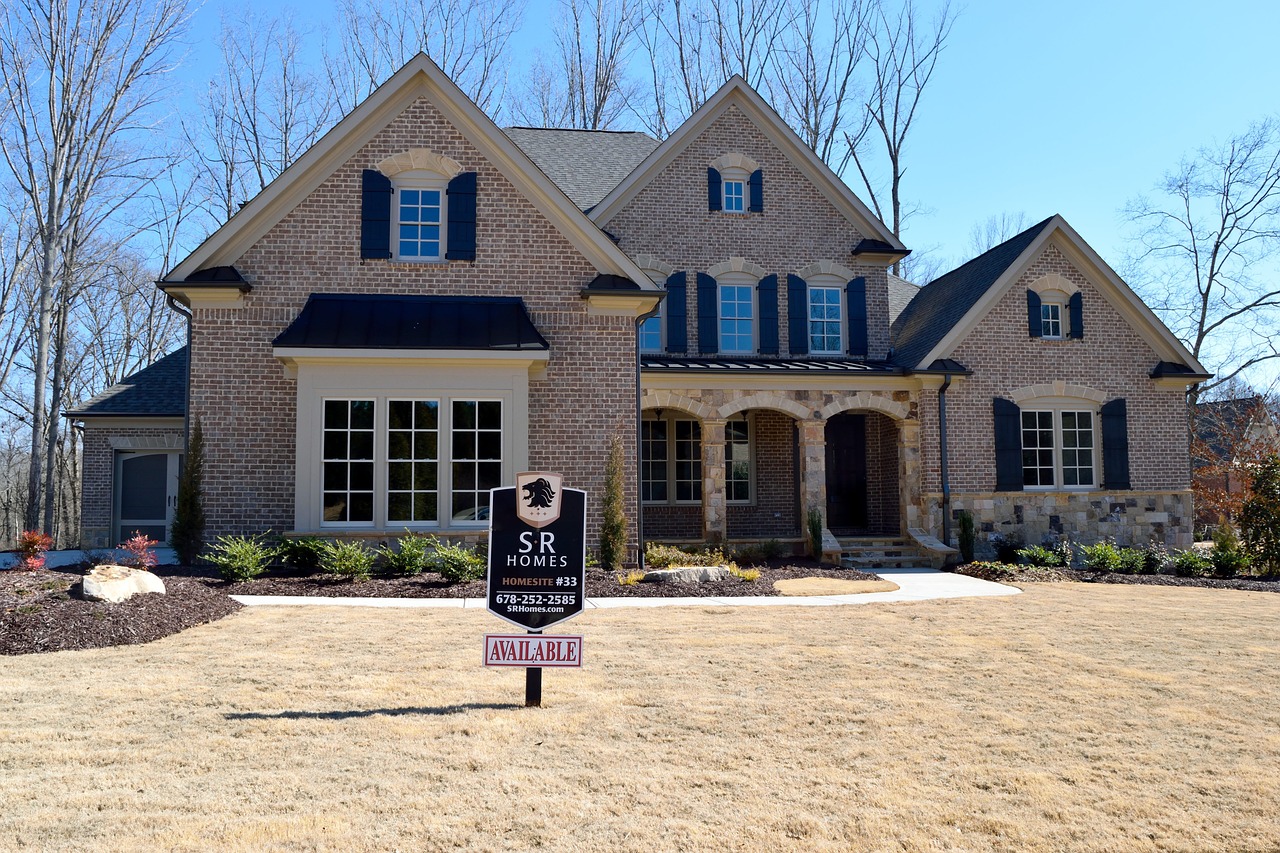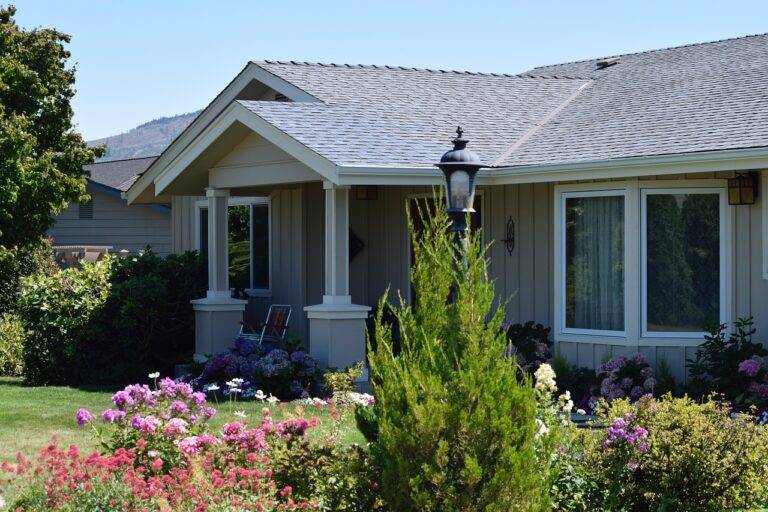The Future of Smart Home Integration: Interconnectivity and Compatibility
With the advancement of technology, smart home devices have become an integral part of modern households. These devices are designed to make life more convenient, efficient, and secure for homeowners. From smart thermostats that regulate temperature based on individual preferences to voice-activated virtual assistants that can control various home functions, the possibilities for automation are endless.
One of the key features of smart home devices is their ability to connect and communicate with each other through the Internet of Things (IoT). This interconnected ecosystem allows devices such as smart lights, security cameras, and door locks to work together seamlessly, creating a truly automated home environment. With the ability to remotely monitor and control these devices through smartphones or voice commands, homeowners can have greater peace of mind and control over their living spaces.
The Evolution of Home Automation Technology
Home automation technology has significantly evolved over the years, transforming the way people interact with their living spaces. From the basic programmable thermostats of the past to today’s interconnected smart devices, homes have become more efficient and convenient. The introduction of voice-activated assistants like Amazon’s Alexa and Google Home has enabled users to control various functions of their homes simply by using voice commands.
Furthermore, the integration of artificial intelligence and machine learning algorithms has enhanced the capabilities of home automation systems. These advanced technologies allow smart devices to learn users’ preferences and patterns, automatically adjusting settings to cater to individual needs. From regulating temperatures to optimizing energy usage, home automation technology has empowered homeowners to create personalized living environments that promote both comfort and sustainability.
What are smart home devices?
Smart home devices are electronic gadgets and appliances that can be connected to a network to enable remote control and automation.
How has home automation technology evolved over time?
Home automation technology has evolved from simple remote-controlled devices to sophisticated systems that can be controlled through voice commands or smartphone apps.
What are some common smart home devices in the modern era?
Common smart home devices in the modern era include smart thermostats, smart lighting systems, smart security cameras, and smart speakers.
How do smart home devices improve convenience and efficiency in a household?
Smart home devices can improve convenience and efficiency by allowing users to control various aspects of their home from anywhere, saving time and energy.
Are smart home devices secure from hacking and privacy breaches?
While security measures are constantly being improved, smart home devices can still be vulnerable to hacking and privacy breaches if not properly secured. It is important to regularly update software and use strong passwords to protect your smart home devices.







